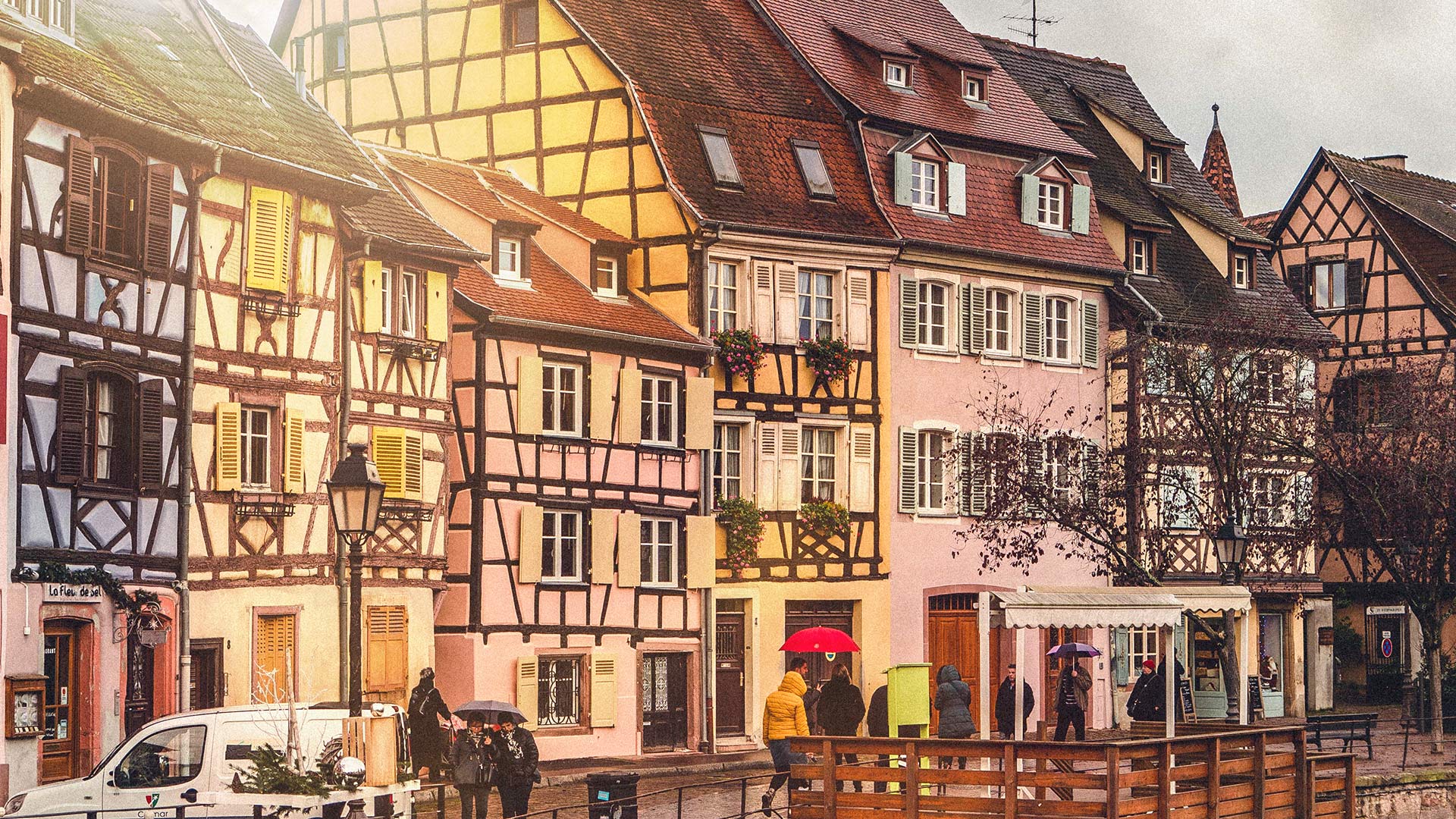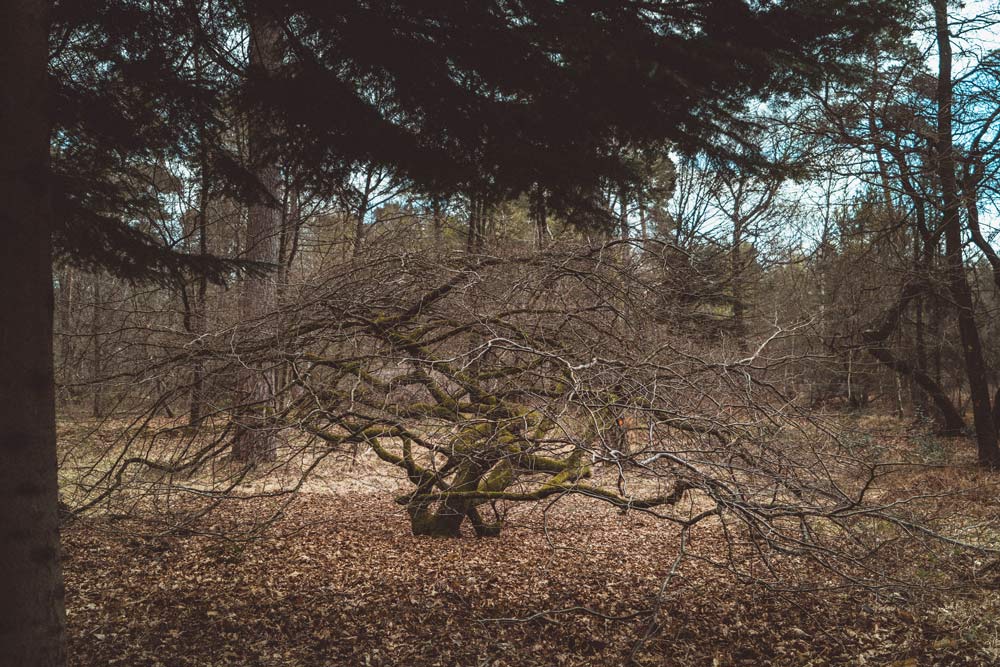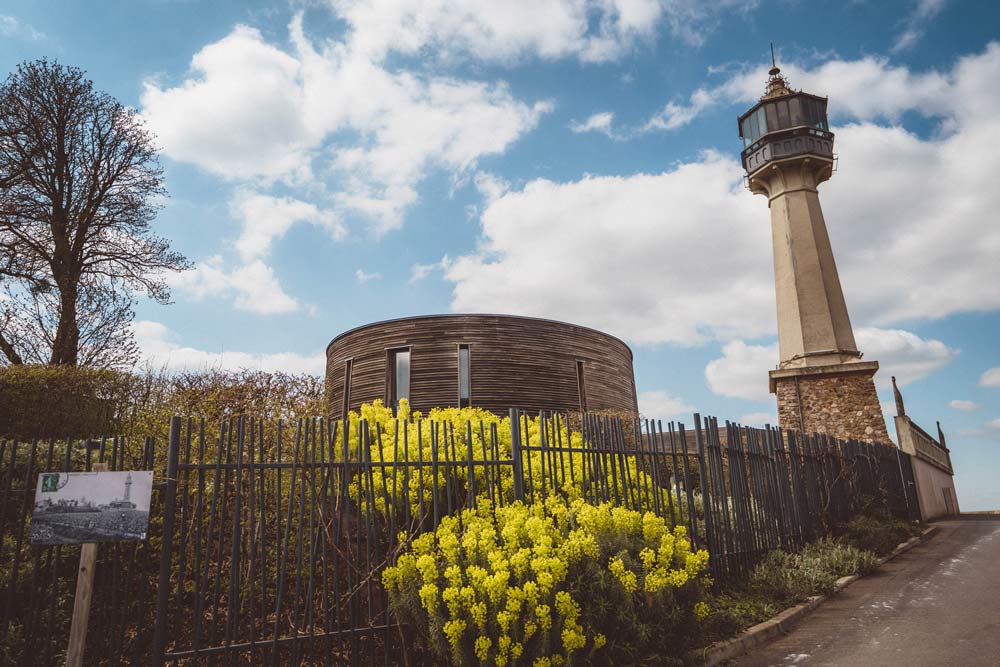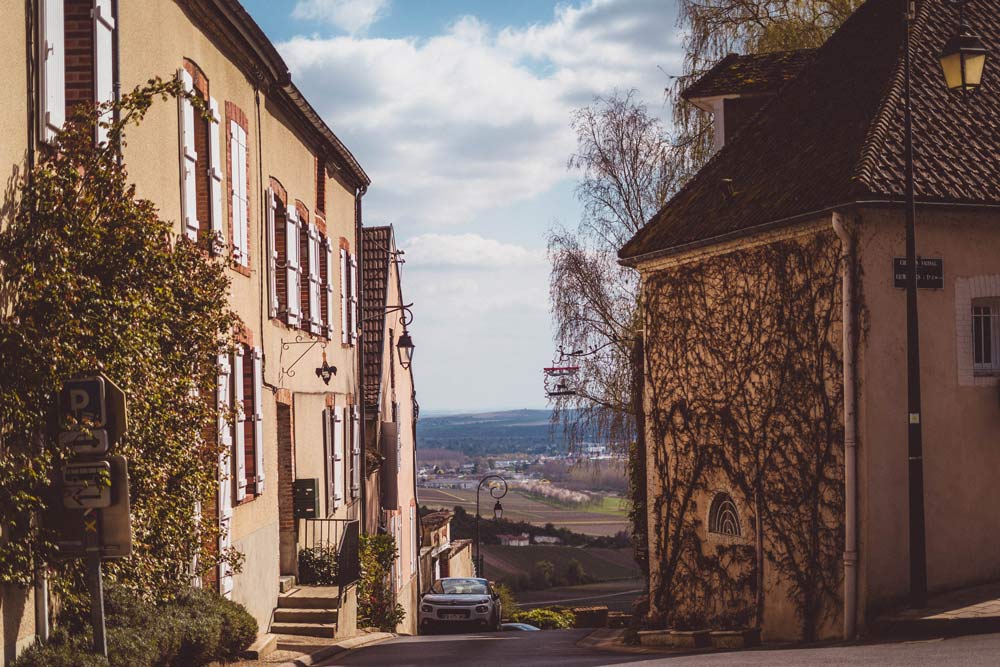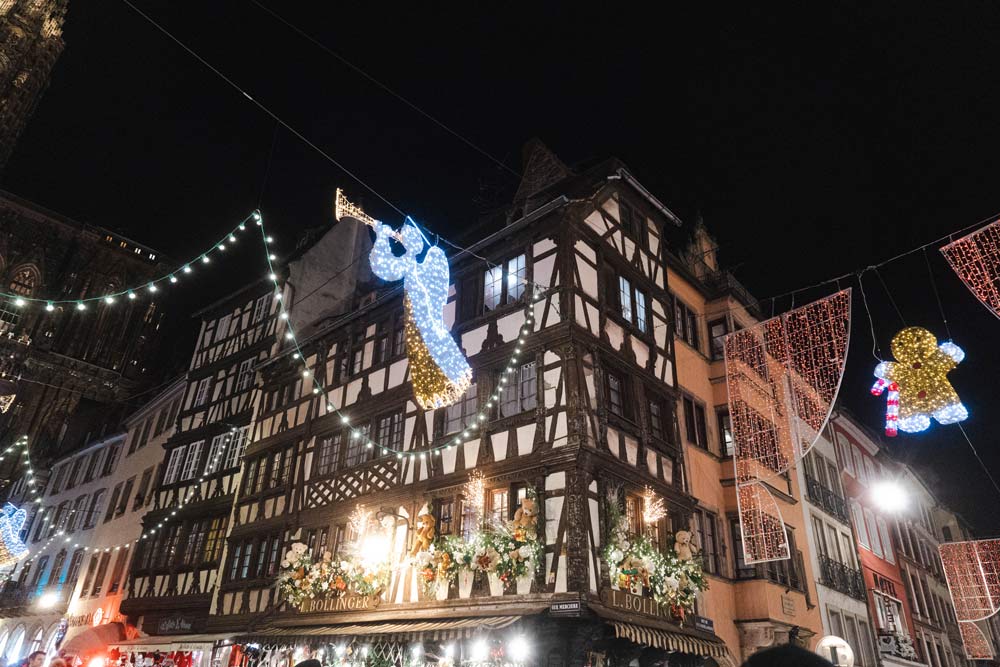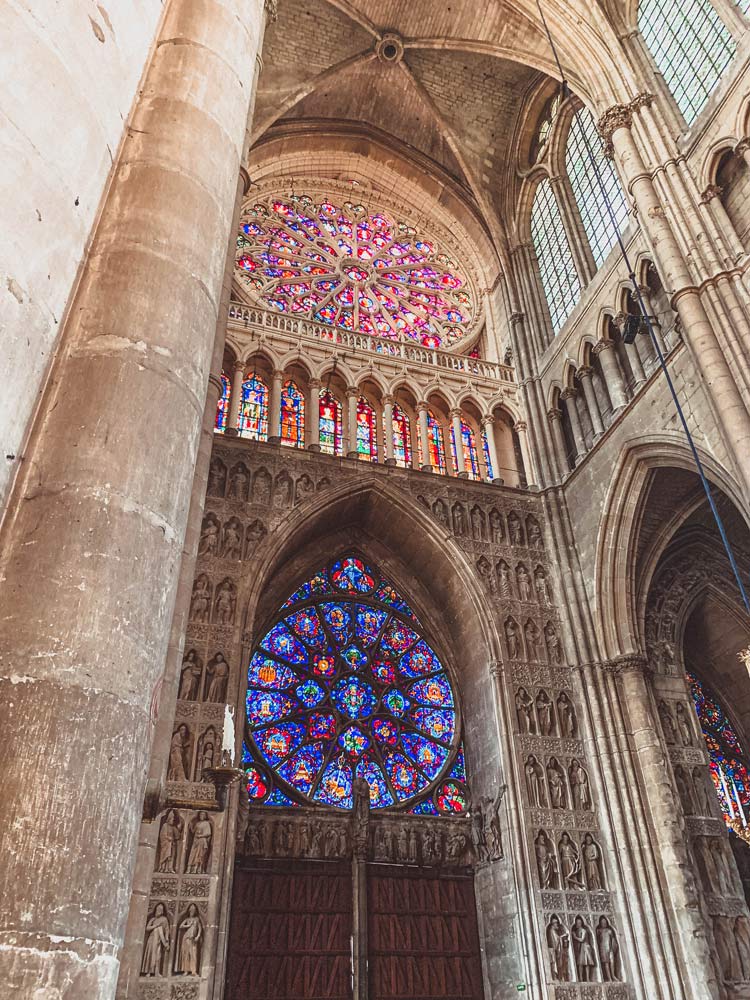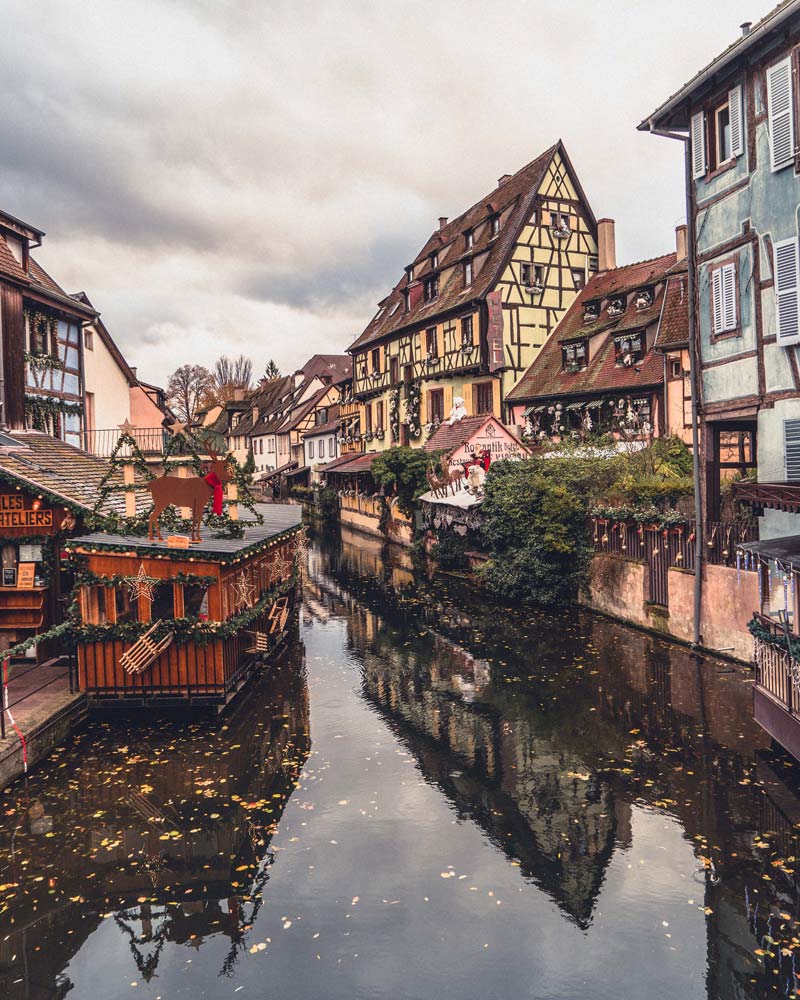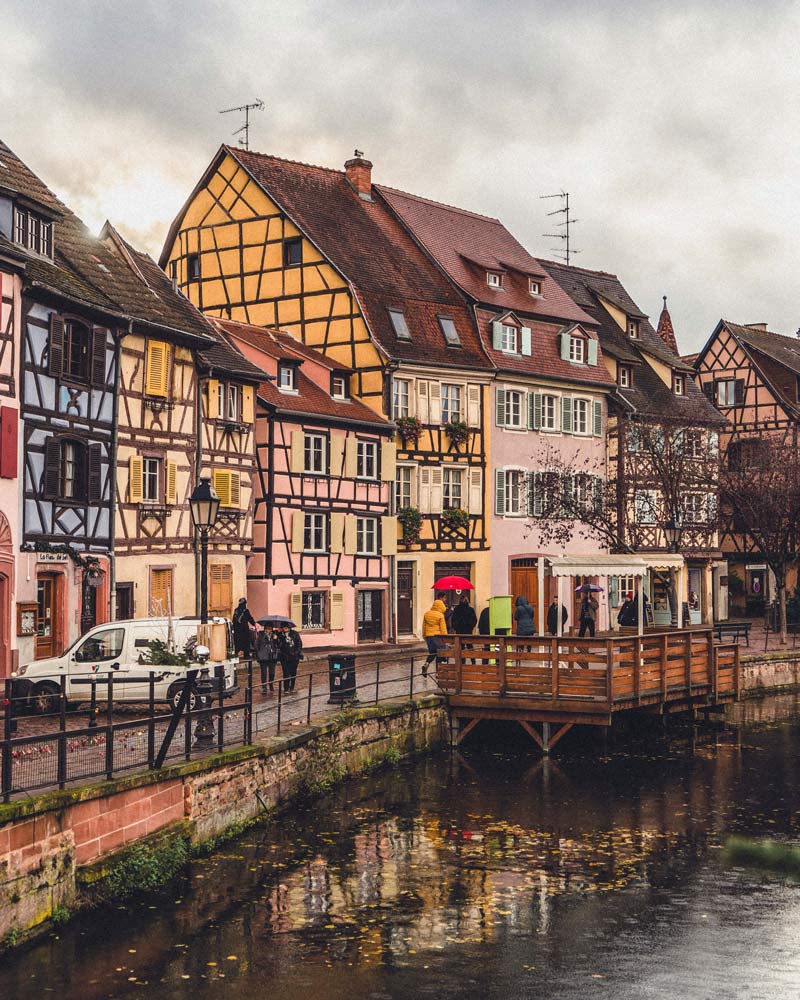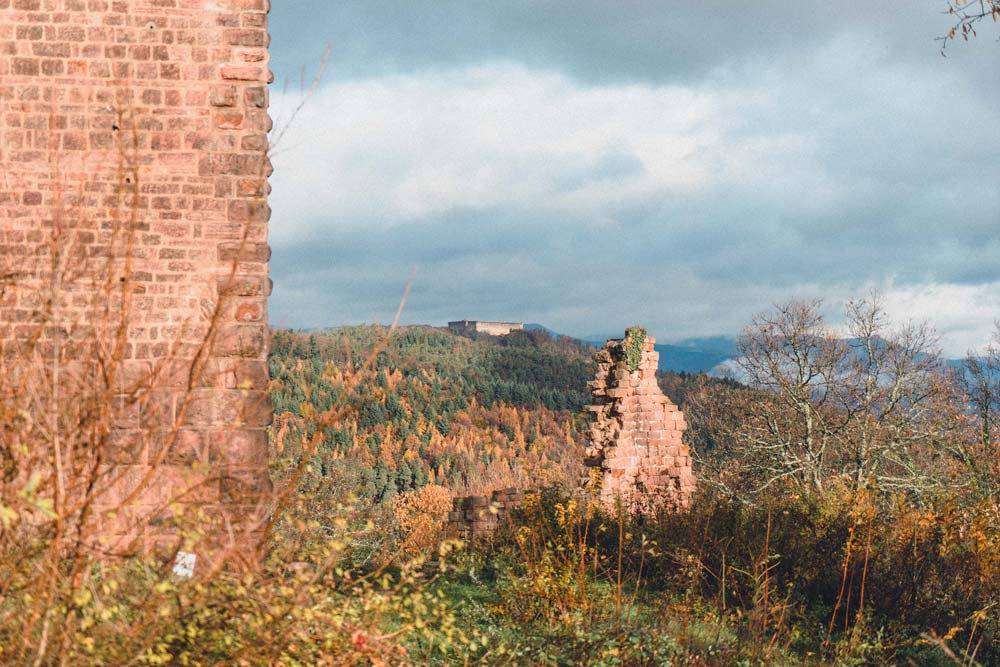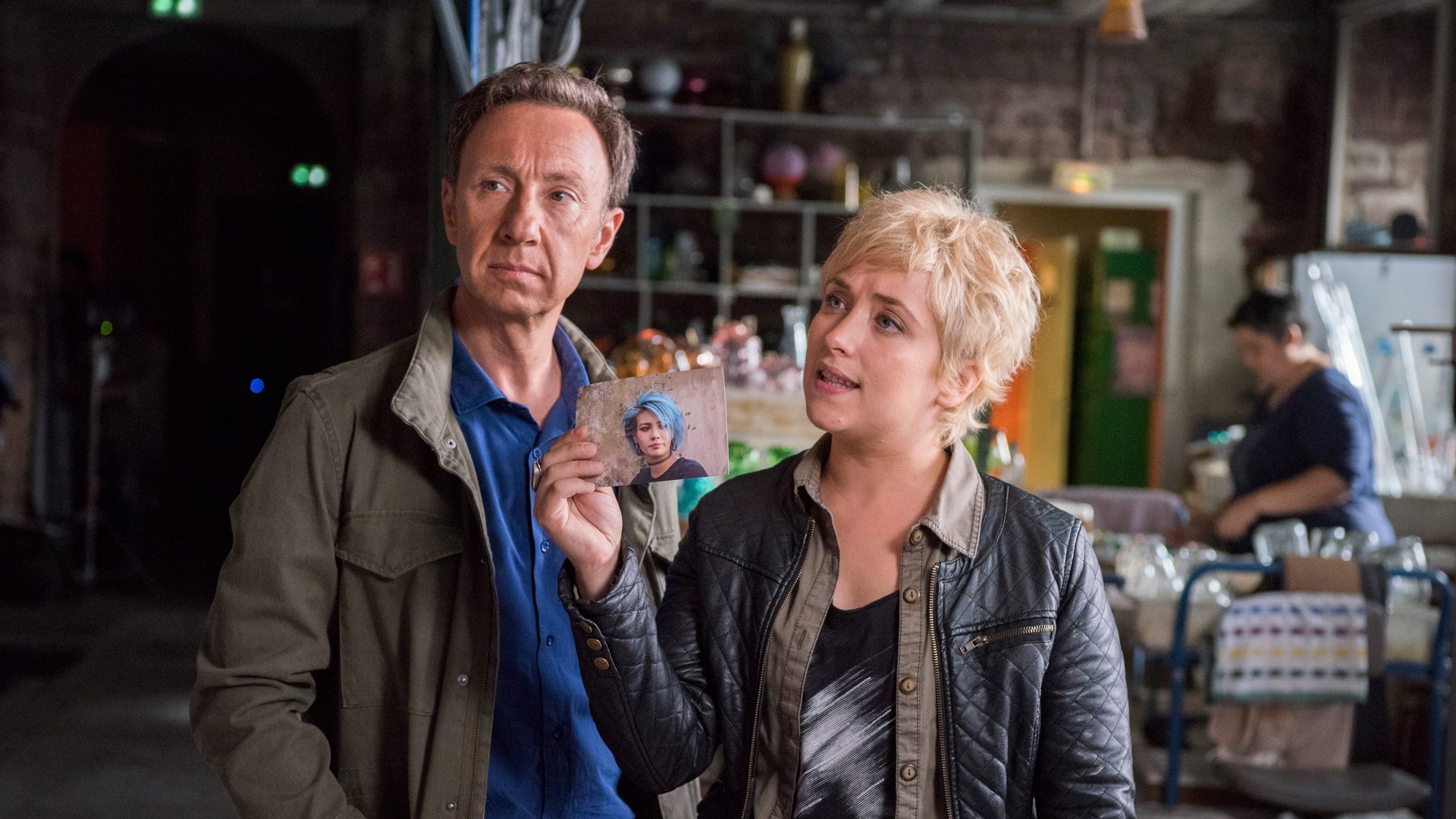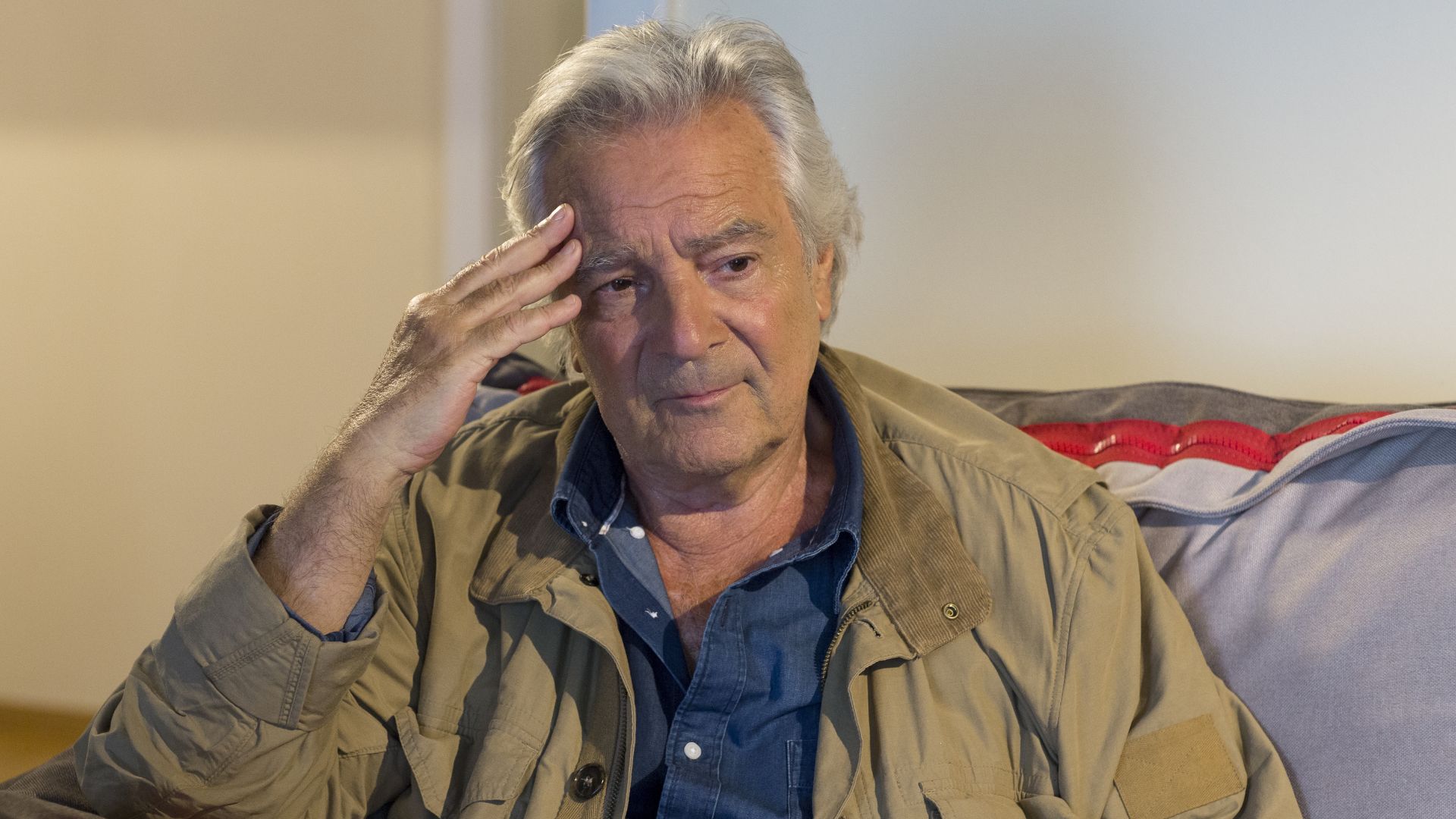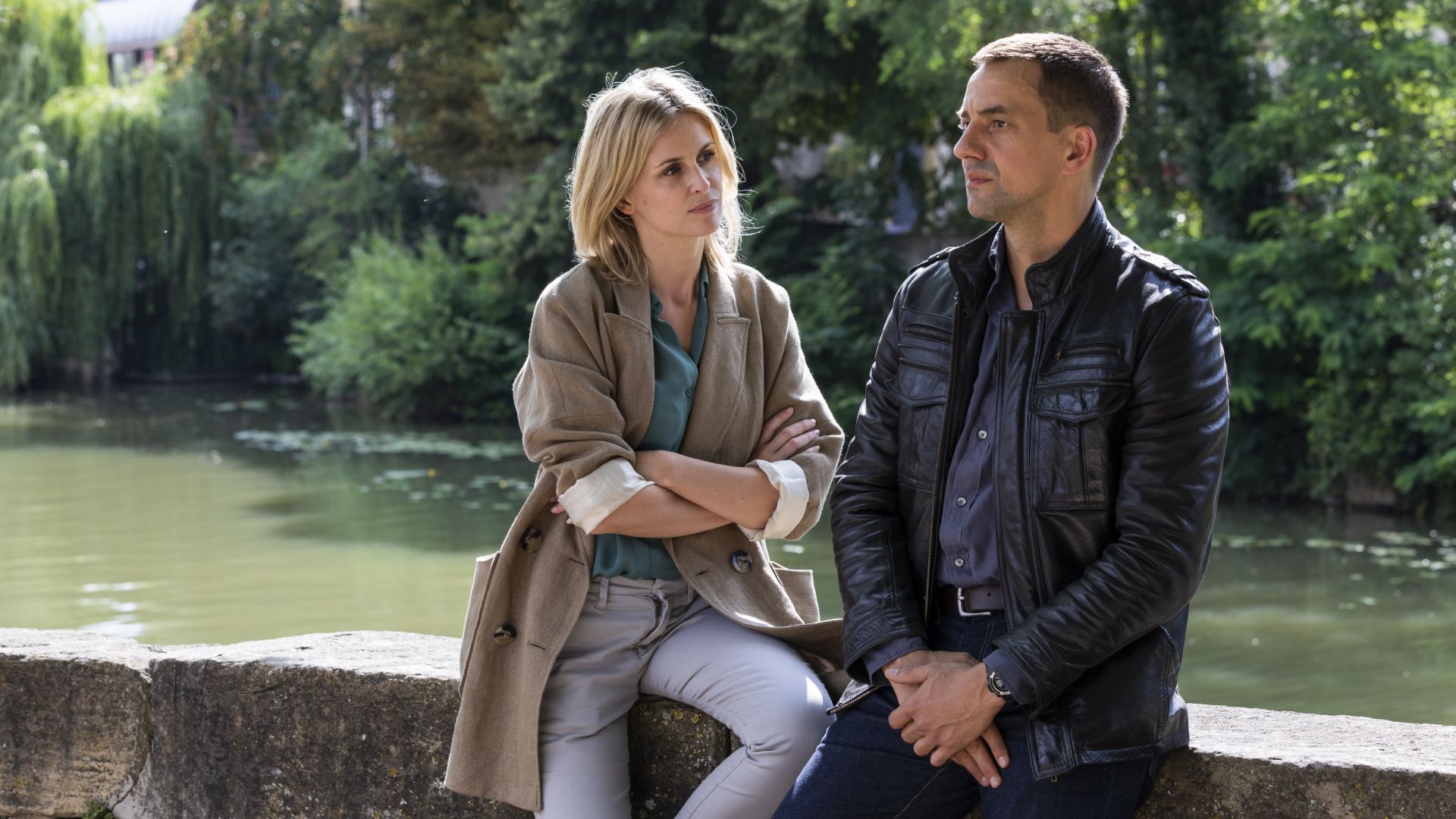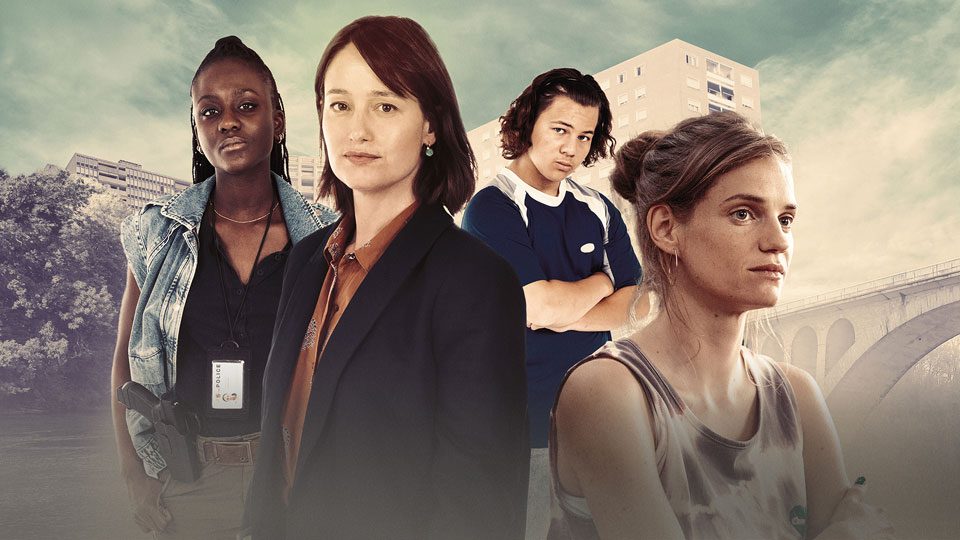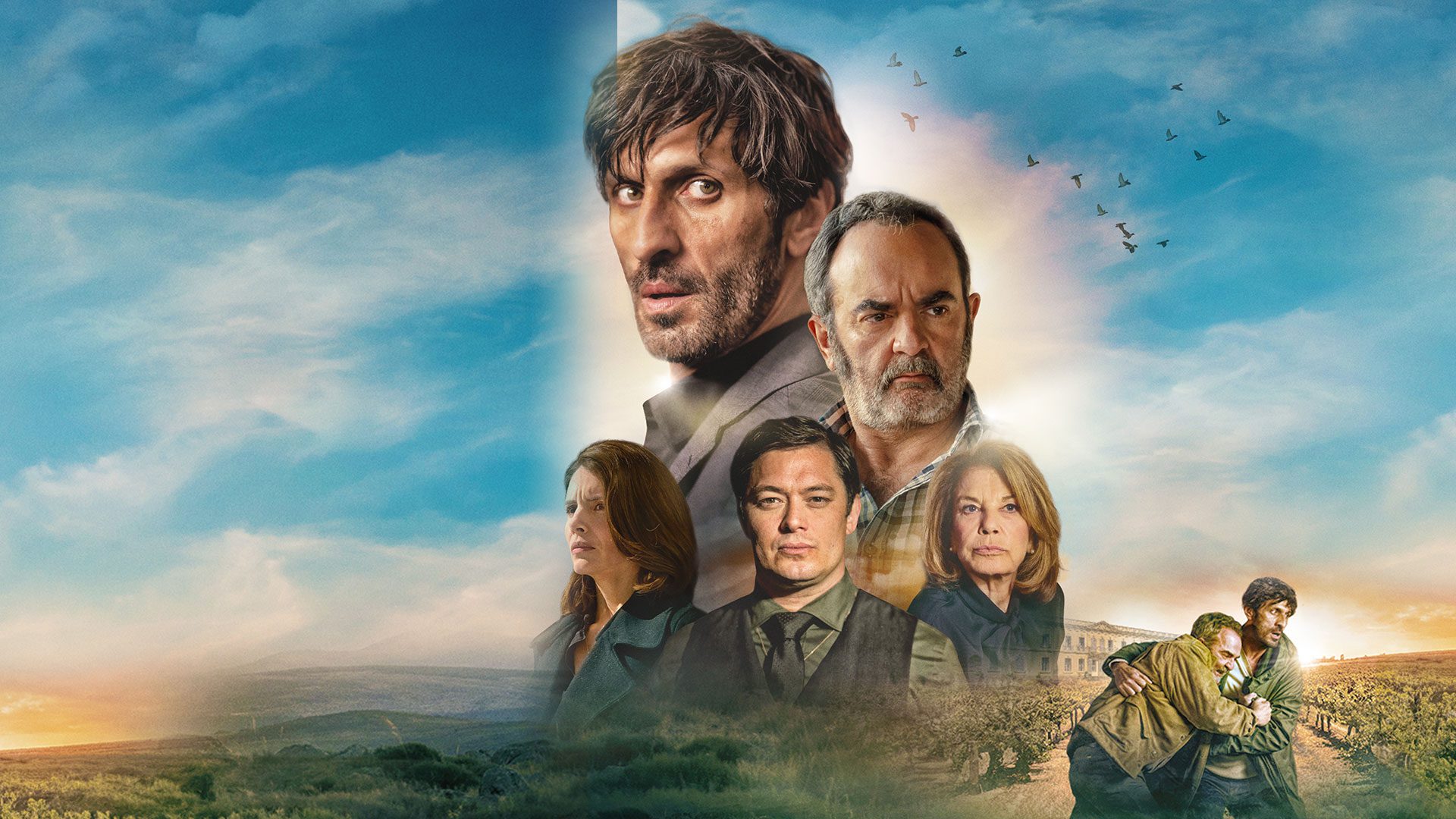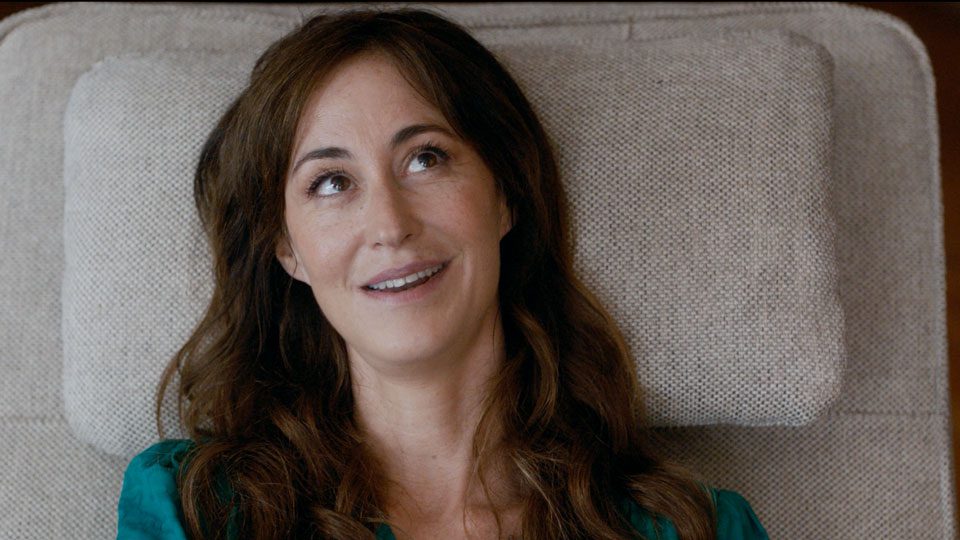
As you might have guessed from its name, the Grand Est region of France is located in eastern France and is one of the country’s largest administrative regions. Boasting fairytale towns, crumbling castles, and the drink most coveted by royals and celebrities alike, Champagne. Here are some of the best things you can enjoy in the Grand Est, as well as some of its more hidden gems and secrets.
What is Grand Est known for?
The region is formed from an amalgamation of three former regions, Alsace, Champagne-Ardenne and Lorraine, following an administrative shakeup in 2016. All three of these areas are distinctly different to this day and have retained their own culture, architecture, culinary scene, and even their own language. Alsatian from Alsace, Champenois from Champagne-Ardenne, and Lorraine Franconian from Lorraine.
Many people making a trip to Paris will take at least one side excursion to the Grand-Est thanks to its famous tipple: none other than bubbling Champagne. Indeed, the historic Champagne Region is the only place in the world where the sparkling wine is allowed to be titled as such. Today, the savoir-faire of the producers in the area is unrivaled the world over.
Lorraine is probably best-known for its culinary delights and a visit to this area will ensure the opportunity to indulge in some tasty local fare. One of the most famous dishes to have emerged from Lorraine is its namesake, Quiche Lorraine. Though often made with cheese in bakeries and restaurants around the world, a traditional Quiche Lorraine contains cream, lardons, eggs, and no cheese at all!
Alsace is famous the world over for its fairytale charm and wandering through any given Alsatian Village will soon have you feeling like you’ve strolled onto the set of a real-life Beauty and the Beast production. Particularly beautiful villages include Riquwihr, Eguisheim, and Ribeauvillé. Alsace also happens to be home to Strasbourg, the capital of Grand Est and by far the largest city in the region.
The Grand Est is also home to plenty of nature, including two mountain ranges: the Vosges and the Ardennes and plenty of grand forests. The forests are best visited in the fall when the countryside is transformed from a blanket of lush green to beautiful autumnal hues of burnt umber, golden oranges, and rich reds.
One of the largest lakes in the region is Lake Der-Chantecoq, which is particularly interesting as it contains three submerged villages, whose 345 inhabitants were forced to leave when the reservoir was created in the 1970s. The villages were named Champaubert-Aux-Bois, Nuisement-aux-Bois, and Chantecoq.
All that remains of these settlements today is the isolated church of Église Saint-Laurent de Champaubert, which lies hauntingly on the edge of the water and is accompanied by a plaque remembering the lost villages.
Reims
Beautiful Reims is the gateway to the swathes of Champagne vineyards and should be your first port of call when visiting the area. There are direct transport links with Paris and trains between the two cities take just under an hour and a half, making Champagne a popular weekend escape from the French capital.
Without a doubt, the star of the show when it comes to exploring Reims is the Notre Dame de Reims Cathedral, whose grand Gothic architecture dates back to the 13th-century and rivals that of Notre Dame de Paris.
Highlights of the ecclesiastical building include the Gallery of Kings (a set of carved figures representing figures from the Bible) and the Champagne window, a stained-glass piece which resembles medieval stained glass windows and represents the work of Champagne makers in the region.
After a visit to the cathedral, visitors can head to the nearby Café du Palais, a quirky bistro whose interior feels more akin to a museum than a functioning restaurant. The eatery has become something of an institution in the city since it was founded in 1930 and offers up classic bistro fare at reasonable prices such as cold cut boards and salads. Of course, Champagne by the glass or by the bottle is also on the menu!
Champagne region
The rest of the Champagne region is worth a visit, and not just to sample the famous drink at one of the many producers scattered across the region. Indeed, Champagne is home to a number of veritable attractions which will please even those who don’t drink. While on the topic of towns in this region, it’s worth noting that there is no actual town called Champagne!
The Faux de Verzy is a forest which is a curiosity of nature that is best seen during the winter or the spring when the leaves of the trees are barren of leaves and the skeleton branches of the trees are most apparent.
The Forest is rather peculiar because it is home to around 1000 dwarf beech trees and is so named because fau is old French for beech tree (with faux being the plural). No one quite knows how the Beech trees came to be, though the most likely explanation is from a genetic mutation. The forest also contains dwarf oak trees and dwarf chestnut trees and was attested as early as the 6th-century.
Nearby, the Phare de Verzenay dominates the sea of vineyards surrounding it and is a throwback to the 20th-century, when vintners could do whatever they wanted to advertise their Champagne to the public.
The Phare de Verzenay (translated into English as the lighthouse of Verzenay) was constructed in 1909 by Joseph Goulet, a Champagne producer and merchant, as a way of drawing in crowds who were curious as to why there would be a lighthouse so far from the sea.
Once the visitors had arrived on site, Goulet would try to sell them his tipple – and that is what I call good marketing at the turn of the 20th-century! Today, the lighthouse has been transformed into a museum. For a fee, visitors can learn more about the local region and walk the 100+ steps to the top of the lighthouse for unparalleled views of the surrounding vineyards.
Those who wish to delve deeper into the history of the Champagne making process (la méthode champenoise) should make their way to Hautvillers, which is the final resting place of none other than Dom Perignon, a monk who resided in the town during the 17th-century.
Aside from going Champagne tasting at one of the many shops, the main attraction of Hautvillers is the Abbaye de Hautvillers, an abbey which was founded by Saint Nirvard in the 7th-century and sits close to the top of town.
Close to the altar, on the ground, visitors can see the tombstone which denotes where Dom Perignon was buried. Contrary to popular belief, Dom Perignon did not invent Champagne, but he was certainly a pioneer in creating the drink as we know it today.
Today, homages to the world-famous man of the cloth can be found all across the region, including a life-sized statue in Bouzy, a rather aptly named town whose vineyards have the prestigious distinction of being Grand Cru.
Strasbourg
Self-proclaimed to be the ‘Capital of Christmas,’ the timber-framed houses and cobbled lanes of Strasbourg are one of the most popular destinations in France, particularly during the winter when the city hosts the oldest Christmas Market in France, and the entirety of Strasbourg is transformed into a veritable winter wonderland.
The city is centered around the Grande Île, a natural island on the river Ill. It is here where the oldest buildings in the city can be found, including the Kammerzell House (which dates back to the 15th-century and has now been transformed into a hotel) and Strasbourg Cathedral.
Like many great churches in France, including the cathedral at Reims, Strasbourg Cathedral is dedicated to Our Lady (Notre Dame). What makes the cathedral so special is not only that it’s home to one of the most beautiful astronomical clocks in France, but also that its exterior is built from an orange-red sandstone that was sourced from the nearby Vosges Mountains, giving it a rather unique appearance.
Colmar
Though not as popular as nearby Strasbourg, quaint Colmar is home to plenty of cobbled lanes, independent businesses, and timber-framed houses. One part of the city is even known as Little Venice thanks to the fact that houses line the banks of the River Lauch.
Boasting its own Christmas Markets in the winter and a wide array of events during the rest of the year, Colmar is also where visitors with a penchant for heading off the beaten path can discover a wide array of hidden gems.
This includes stumbling on a replica of the Statue of Liberty (Frédéric Auguste Bartholdi designed the Statue and actually hailed from Colmar) and heading into the covered market for lunch (Les Halles- a staple for each French city during the 19th-century was a covered marketplace). The iconic French city is featured in the Murder In… episode episode Murder In…:Colmar.
Eguisheim
Delightful Eguisheim, one of the prettiest villages in France, is located along the Alsace wine route and is a short drive away from Strasbourg. So attractive is this village that it has been ranked in the top 20 of Les Plus Beaux Villages de France (the most beautiful villages of France).
The village is constructed in two concentric circles, which would have encircled a central castle during the Middle Ages. Today, traces of the town’s medieval past can be found in its narrow lanes (which you wouldn’t want to drive a modern car down!) and the church, Église Saints-Pierre-et-Paul d’Eguisheim, which finds its roots in the 11th-century.
Just a short drive away, the three castles of Eguisheim known in French as Les Trois Châteaux d’Eguisheim, are a little off the beaten tourist track and their enviable location offers unrivaled views of the numerous vineyards which blanket the surrounding region.
The three castles is a bit of a misnomer because the complex is actually the crumbling ruins of three towers which were constructed at different times, protected the surrounding landscape from potential invaders over a thousand years ago, and are now free to visit.
Metz
Not quite French, but not really German either, the charming city of Metz straddles the border between France, Luxembourg, and Germany in what was formerly known as Lorraine and is often missed by visitors in favor of other more popular Grand Est destinations such as Reims and Strasbourg.
One of the grandest structures in Metz is the Porte des Allemands (German Gate), a vestige from times gone by when the only way to enter the then-fortified city was through an imposing gateway (surrounded by an accompanying moat).
The Imperial Quarter and Avenue Foch is another district of Metz not to be missed. During the 20th-century, when Kaiser Wilhelm II had control of the city during the annexation of Alsace-Lorraine, he envisioned creating a whole Imperial city to show off his power and monetary capabilities.
Only part of this grand vision for the city was ever realized, though it remains one of the most important examples of urbanism in the German Empire. One key highlight that many visitors to Metz see today is the Gare de Metz-Ville, the train station which will be your gateway to the city if you reach Metz by train.
Bitche
Another Lorraine destination that is located even closer to the border with Germany than Metz is the town of Bitche. The most impressive attraction in town is the Citadel of Bitche, which sits high above the rest of the town and was constructed between the 17th and 18th-centuries. Two of the most important engineers of the time, Vauban and Cormontaigne, aided in its construction.
Today, the well-preserved fortification can be visited for a fee and is an excellent spot from which to admire the sunset. Highlights include taking a tour of the underground rooms and visiting the outdoor sculpture garden. This historic complex was also featured in Murder In…: Lorraine, when the premise of the episode begins when a body found holding crystal chess piece is found in the Old Citadel.
A final note
Whether it be indulging in culinary treats in Lorraine, snapping photos of picturesque houses in Alsace, or sipping on bubbly in Champagne, there is no shortage of sights and delights for every kind of traveler when it comes to the Grand Est. For a greater insight into what the French region has to offer, be sure to check out the following Murder In…
Episodes featuring Grand Est, France on MHz Choice
About the Author
Sophie Nadeau is a British Canadian travel writer currently residing in Paris with her French husband. She has been lucky enough to have lived in several different countries and has run her travel blog, solosophie.com, full time since 2017. With a particular interest in history and culture (especially if there’s a château visit involved), she spends her spare time painting, reading, cooking up vegetarian recipes, spending too much looking up dog photos online, and researching new hidden gems to discover.
